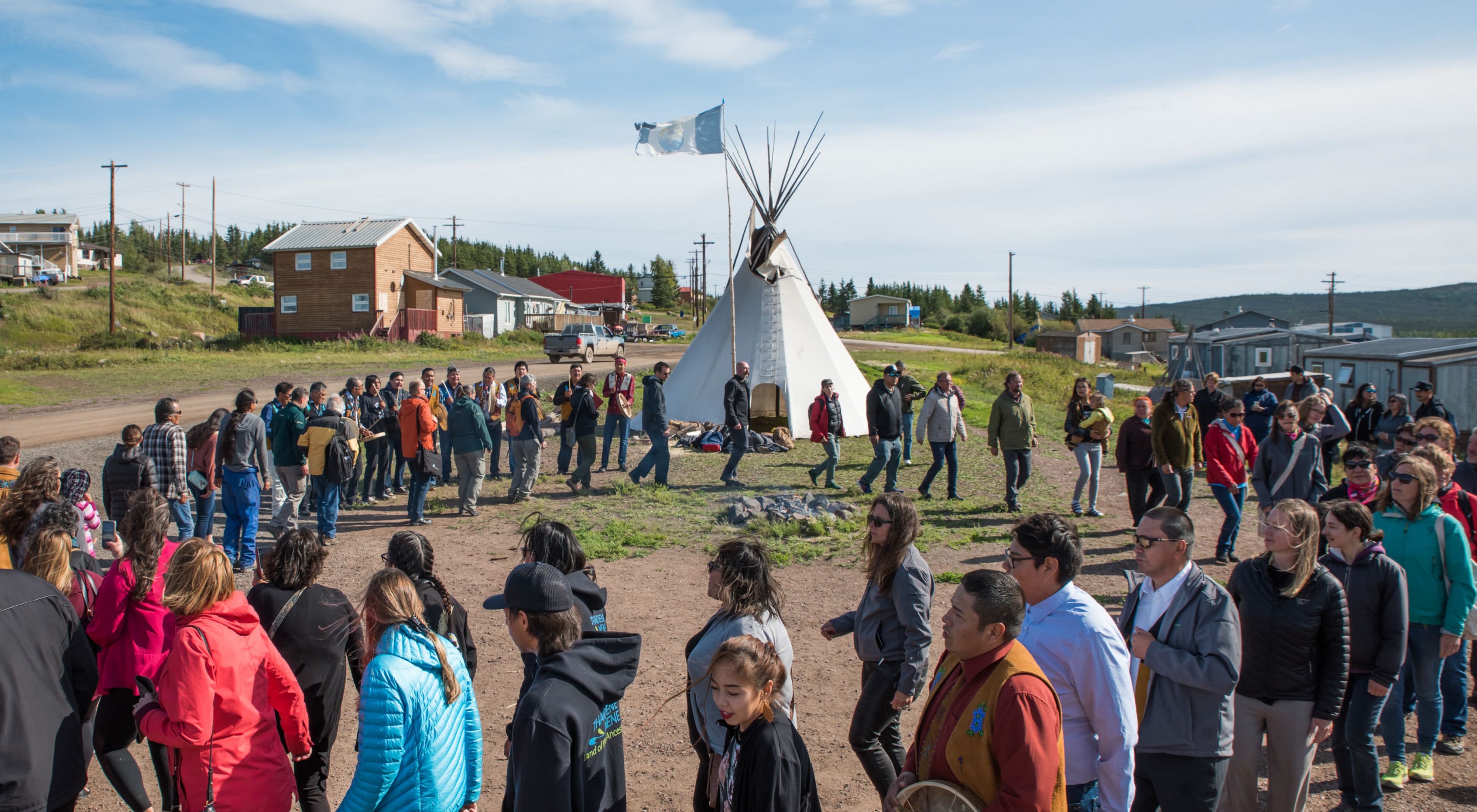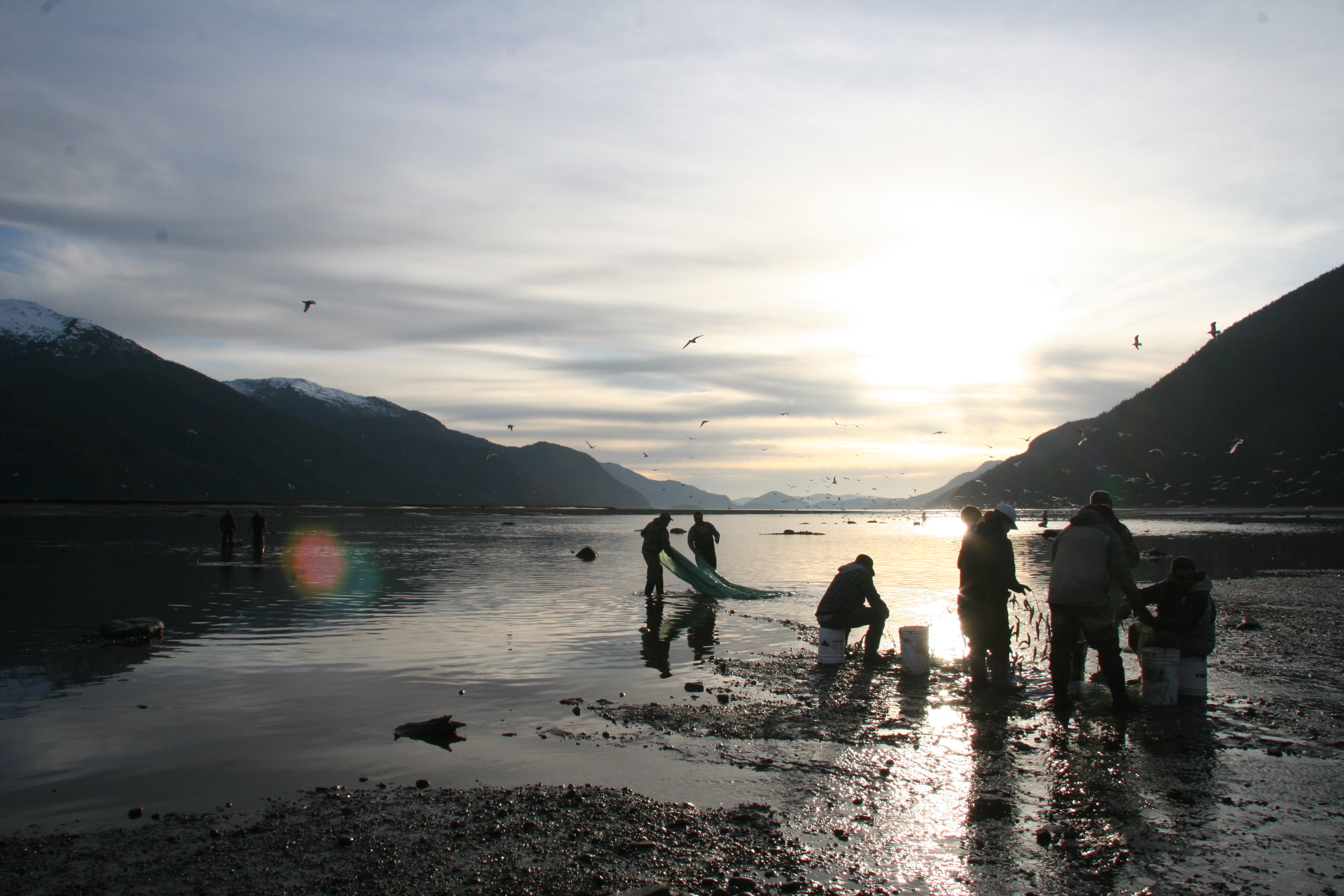- Phone: 416-238-9597
- Email: questions@natureunited.ca
-
Follow
Putting Indigenous Rights and Authority at the Heart of Conservation
As an organization, Nature United believes that the increased authority and capacity of Indigenous peoples to steward their lands and waters is critical for the future of healthy ecosystems and communities, and it results in effective and durable sustainable management over time.
What is Indigenous-Led Conservation?
Indigenous-led conservation is articulated, defined and implemented by Indigenous peoples, who may choose to partner with organizations like Nature United in order to advance their goals and priorities. Working together, our shared outcomes depend on strong relationships and significant investments of time, energy, and resources from all involved.
For over a decade, our organization has worked in partnership to support Indigenous-led conservation, which is defined and implemented by Indigenous communities, grounded in Indigenous values and perspectives, and often focuses on the interconnected issues of supporting vibrant communities, strong cultures, viable economies, and healthy ecosystems.
Nature United’s commitment to this approach is informed by a number of interrelated factors, including that Indigenous peoples are the original inhabitants and stewards of what we now call Canada; that the involvement of Indigenous peoples in managing lands and waters is recognized and explicitly mandated in Canadian and international laws; and that scientific evidence shows that place-based people manage resources more sustainably than others. We have also seen the power of this approach first-hand through our decade of experience in building partnerships on the ground.
For more details, download a summary of Nature United’s Approach to Working in Partnership with Indigenous Peoples
As a conservation organization, Nature United has an important role to play in the reconciliation of relationships between Indigenous and non-Indigenous people in Canada by seeking to understand past wrongs and co-create new pathways to sustainable conservation and social justice. Nature United is a member of the Conservation through Reconciliation Partnership.
And as part of an organization that impacts conservation in 79 countries and territories across six continents, we contribute to a global strategy for working with Indigenous peoples and local communities. Our global affiliate, The Nature Conservancy, aims to support Indigenous peoples and local communities as they strengthen their voices, choices and actions to manage natural territory in ways that improve lives and drive conservation. The Nature Conservancy is a signatory to the Conservation Initiative on Human Rights Conservation Initiative on Human Rights (CIHR).
Quote: Hadley Archer
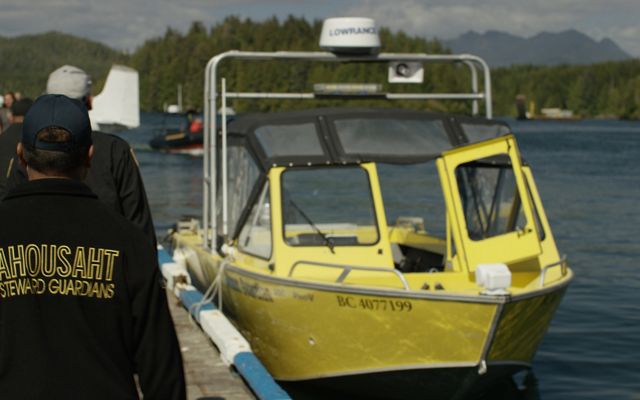
Conservation is not just land protection—it is the protection of living culture, local livelihoods and a future for generations to come.
Hadley Archer
Executive Director, Nature UnitedLearning Organization
As an organization, we are committed to learning from our mistakes and continuing to evolve our practices based on feedback from Indigenous partners, colleagues and friends. Our reflections on Indigenous-led conservation are offered with humility as we maintain our dedication to listening and learning.
Whether we are working with specific Indigenous communities or creating tools and opportunities for Indigenous peoples across Canada to network and connect, working in partnership with Indigenous peoples is at the heart of our work. We have made an organizational commitment to “Be a Respectful Partner” and as such, are committed to taking responsibility at an individual, team and organizational level through:
- Team Learning and Development: Building and strengthening the knowledge and practice within Nature United as it relates to Indigenous issues so we can build a culturally competent team and organization.
- Organizational Policy and Practice: Developing and implementing relevant policies and practices to guide Nature United and The Nature Conservancy’s work with Indigenous peoples. For example, Nature United has developed Communications Guidelines that inform and direct all communications with and about our work with Indigenous partners based on principles of Consent, Respect, Authenticity and Reciprocity.
- Outreach and Education: Engaging with other non-Indigenous partners, allies and funders to build cultural competency and create alignment with our policies and practices related to Indigenous peoples.
Our Principles of Partnership
Developing successful partnerships is essential to how we support Indigenous-led conservation. Here are six characteristics that guide our relationship-building:
Our Principles of Partnership

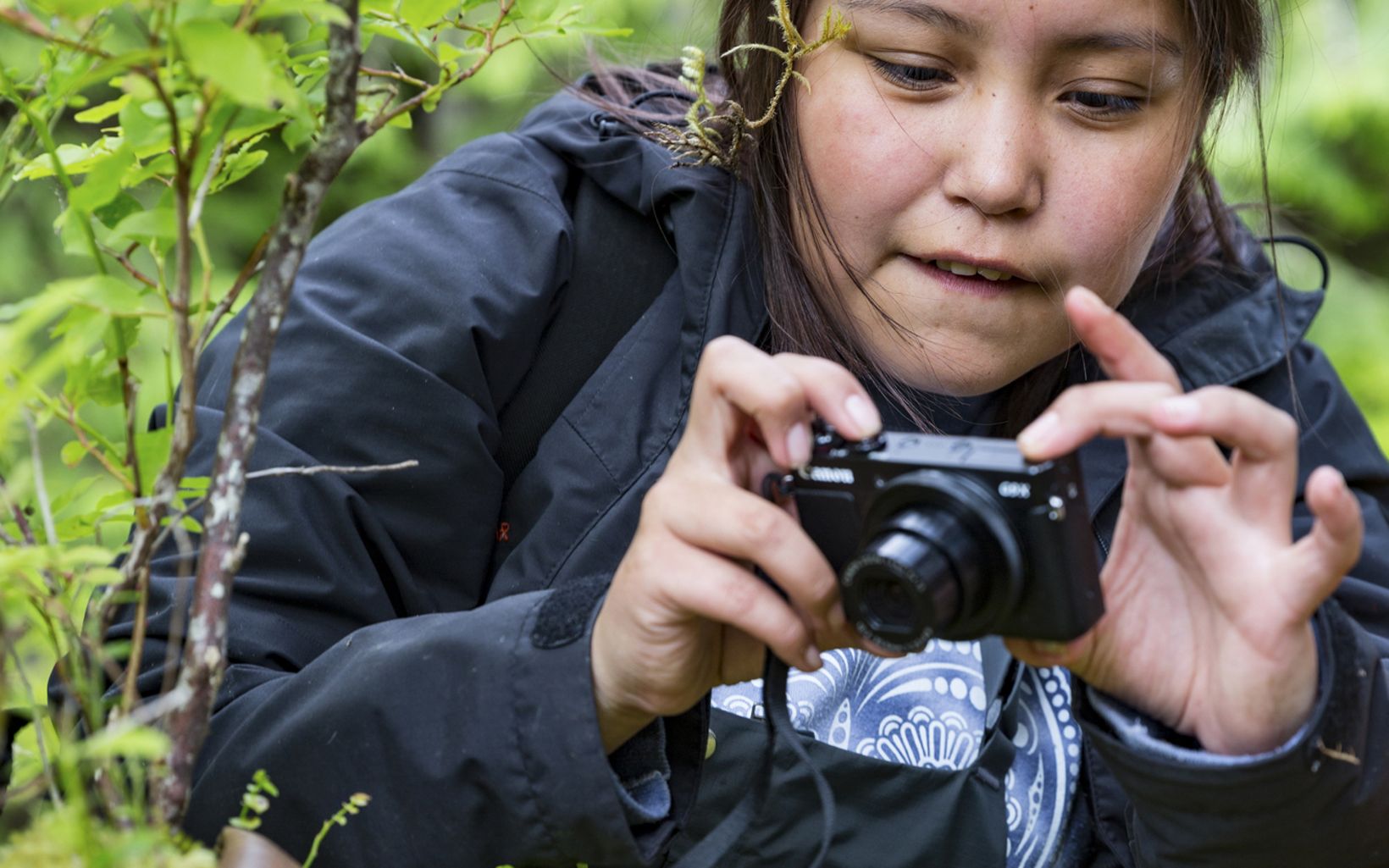

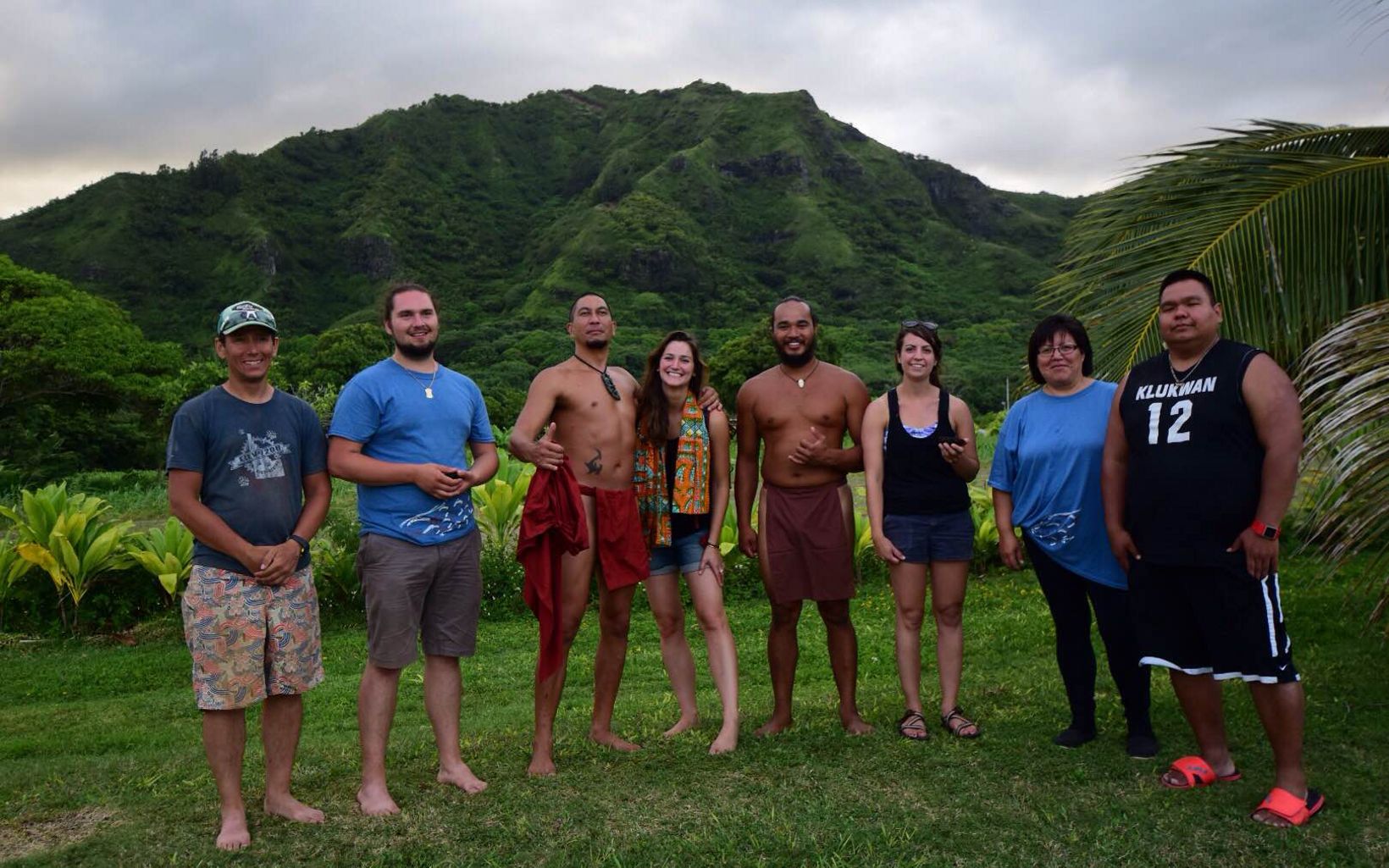
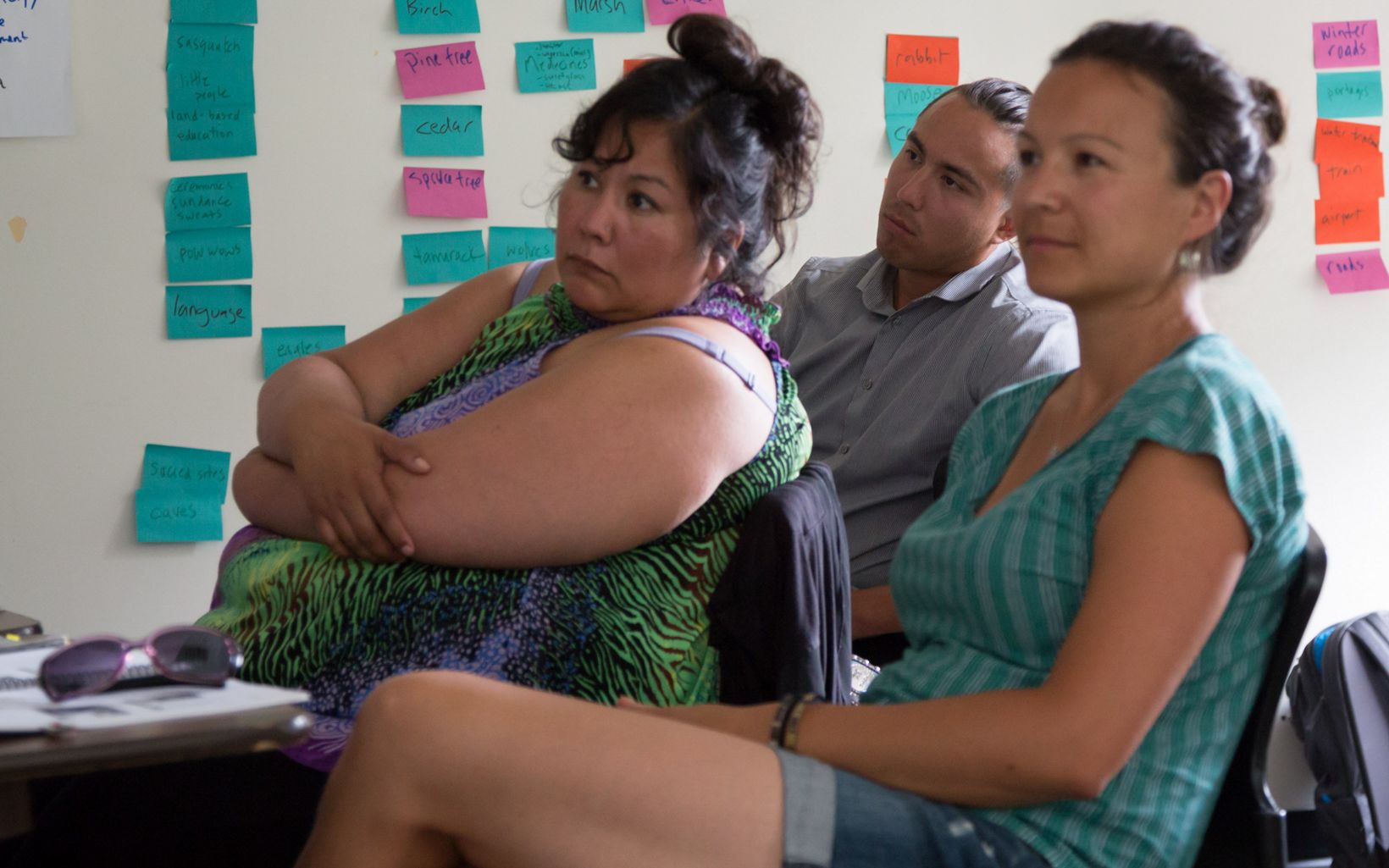







Based on our experience working in partnership with Indigenous communities, we believe there are four interconnected elements that greatly impact Indigenous authority and capacity to steward lands and waters: governance, stewardship, leadership, and local economies. Our projects and activities—conducting research, hosting gatherings, supporting networks, enabling community exchanges, etc.—focus on these four elements:
1. Strengthening Governance
Indigenous communities must have an active decision-making role on matters pertaining to their territories. Ideally, Indigenous governments and others make and implement relevant stewardship-related laws, regulations, policies and plans based on their values and Indigenous legal frameworks. Examples of work developed in partnership:
-
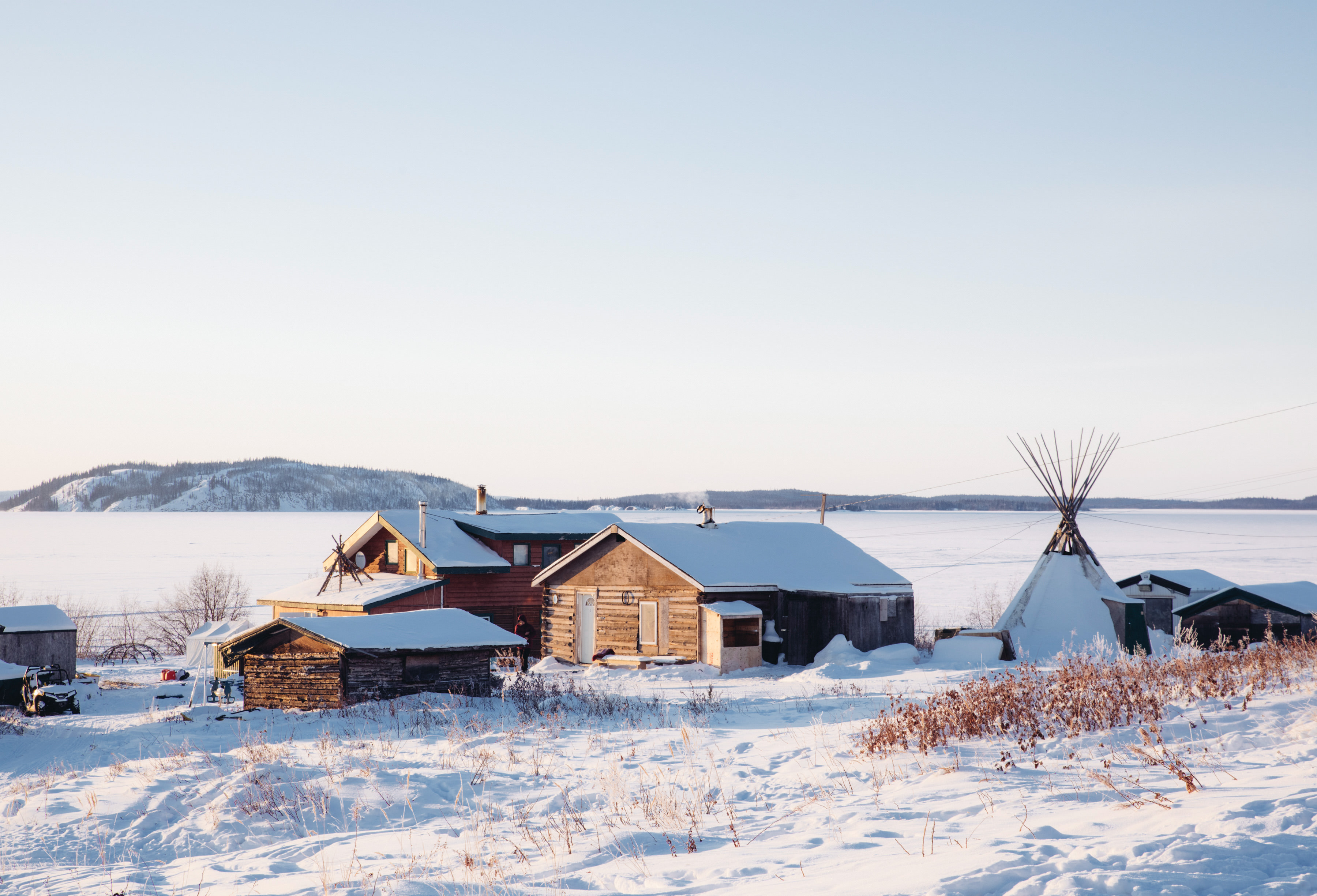
Establishment of Thaidene Nëné
In August 2019, Łutsël K’é Dene First Nation established as a 6.5-million acre protected area to be co-governed by the Łutsël K'é, federal and territorial governments. Learn about the co-governance model for Thaidene Nëné.
-
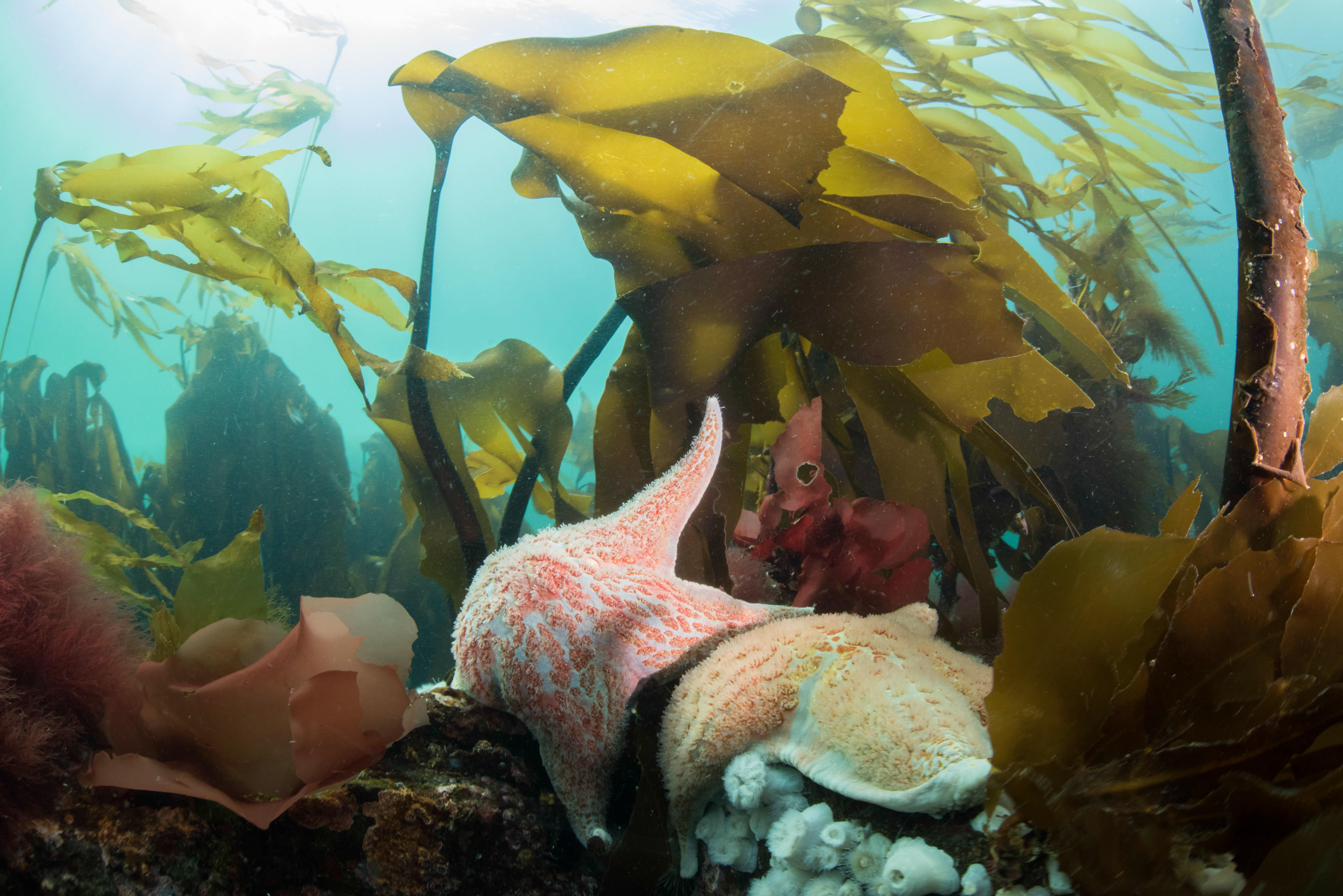
Marine Plan Partnership for the Great Bear Sea
MaPP is a unique partnership between 16 First Nations and BC to develop a ground-breaking "blueprint" for ocean use and sustainable economic development. See how MaPP is being used as a global model for ocean management..
-
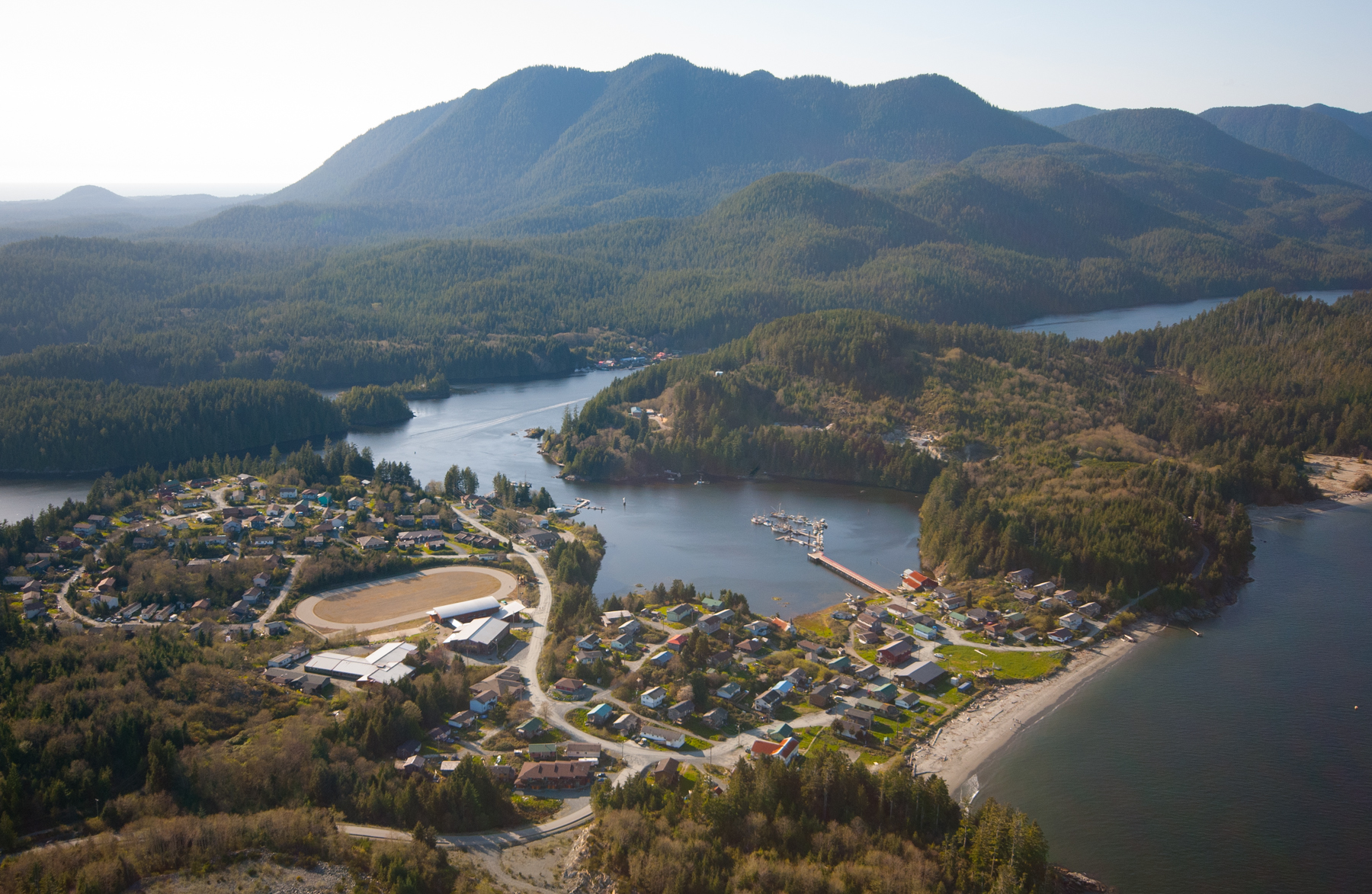
Community-led Land-Use Visions
In Clayoquot Sound, we're supporting First Nations to develop land-use plans that ensure the ecologic, economic, and social health of their lands and people. Learn about the First Nations who are developing land-use plans in Clayoquot Sound.
2. Enhancing Stewardship Capacity
Indigenous communities must have local people with skills and resources to implement stewardship policies and plans, including on-the-ground stewardship managers, planners, specialists, technicians, guardians, and more. In addition, communities must develop the capacity, infrastructure and sustainable finances to support their stewardship efforts and priorities over time. Examples of work developed in partnership:
-
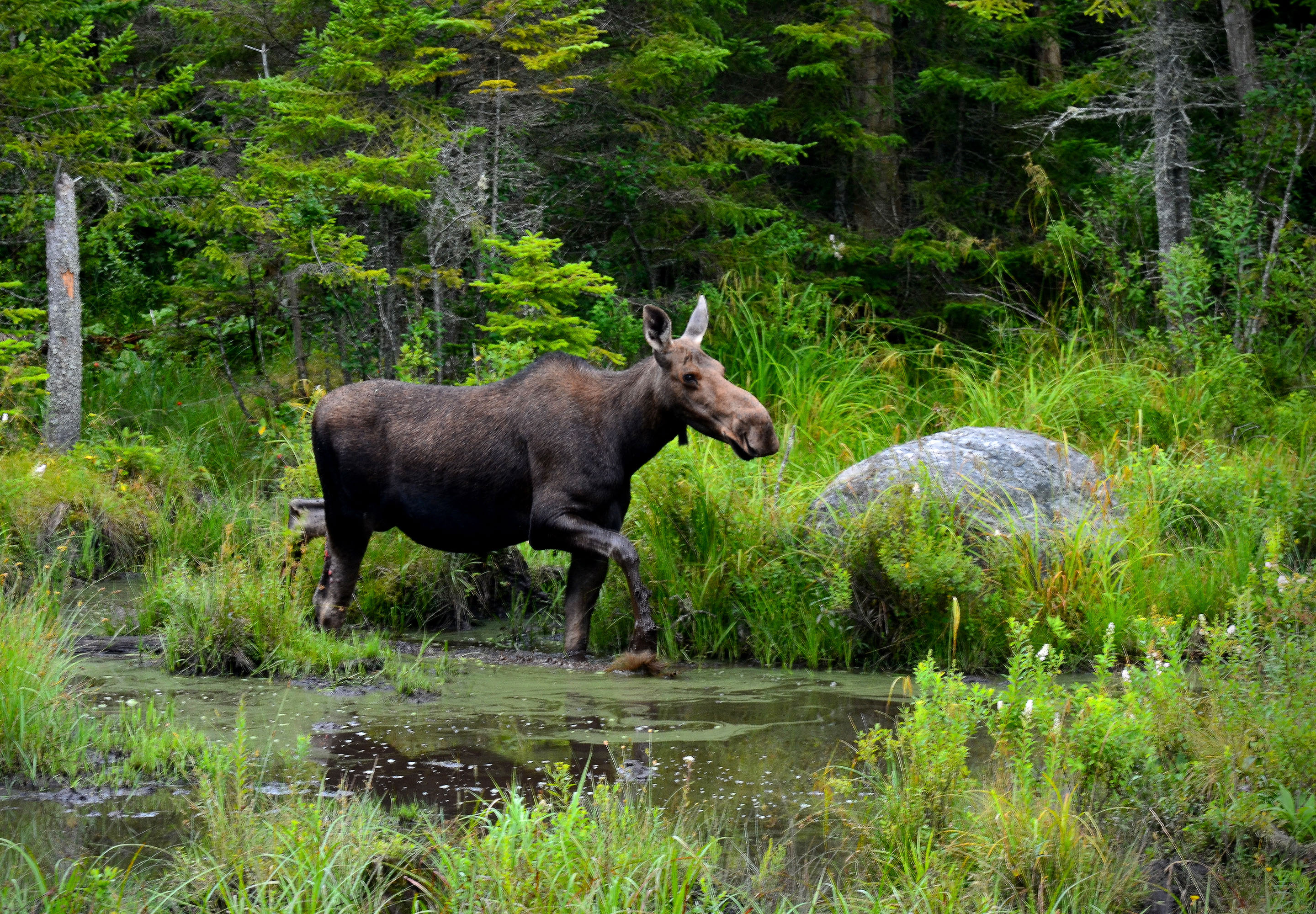
Moose Monitoring Workshop
First Nations in northern Manitoba came together to discuss their concern about declining moose populations. See how we're supporting knowledge-sharing to care for moose.
-
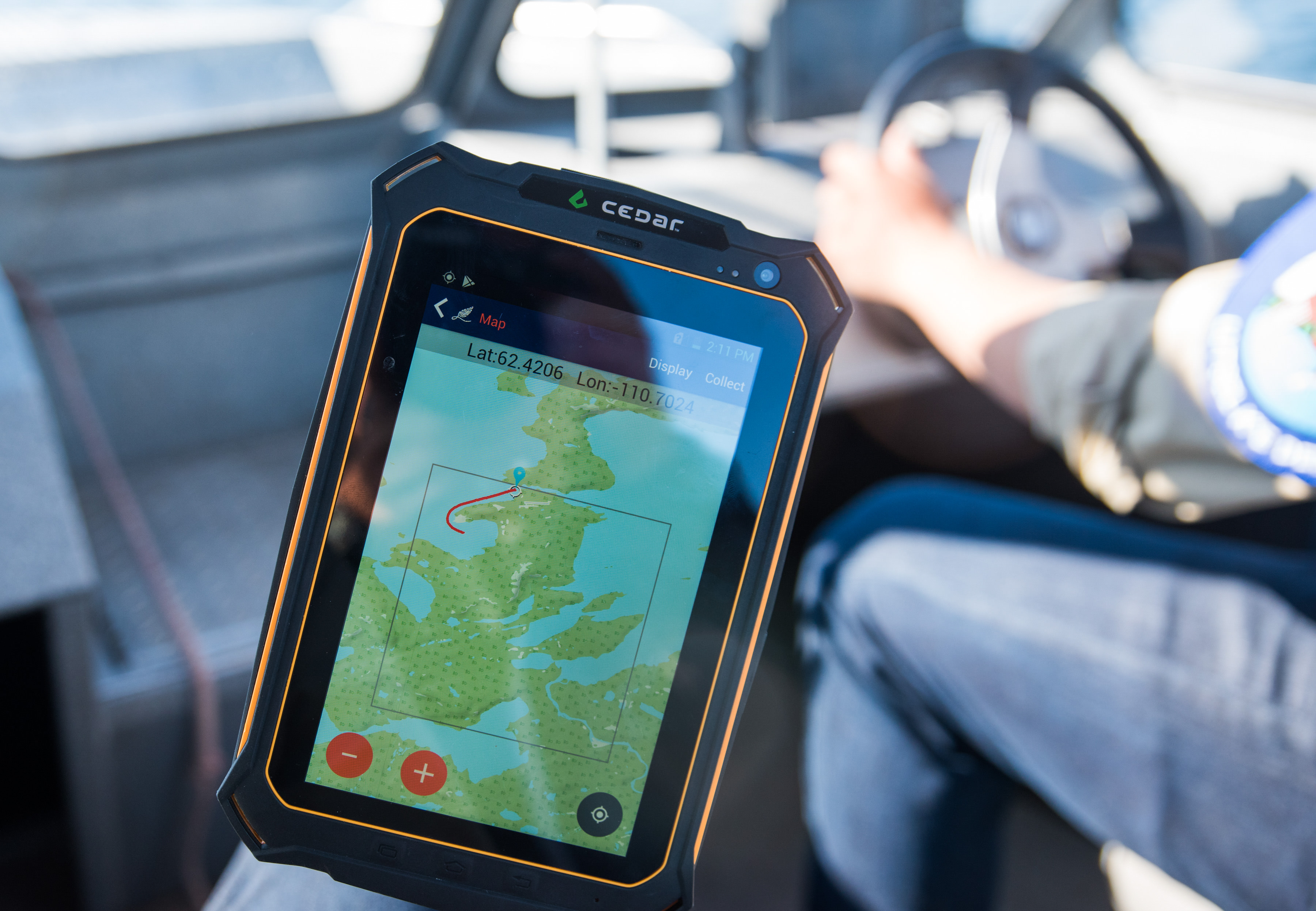
Indigenous Guardians Toolkit
To help Guardian programs share best practices, experiences, and resources to help build and implement their programs, Nature United facilitated the development of the Indigenous Guardians Toolkit. See how Indigenous Guardians are leading stewardship across Canada.
-
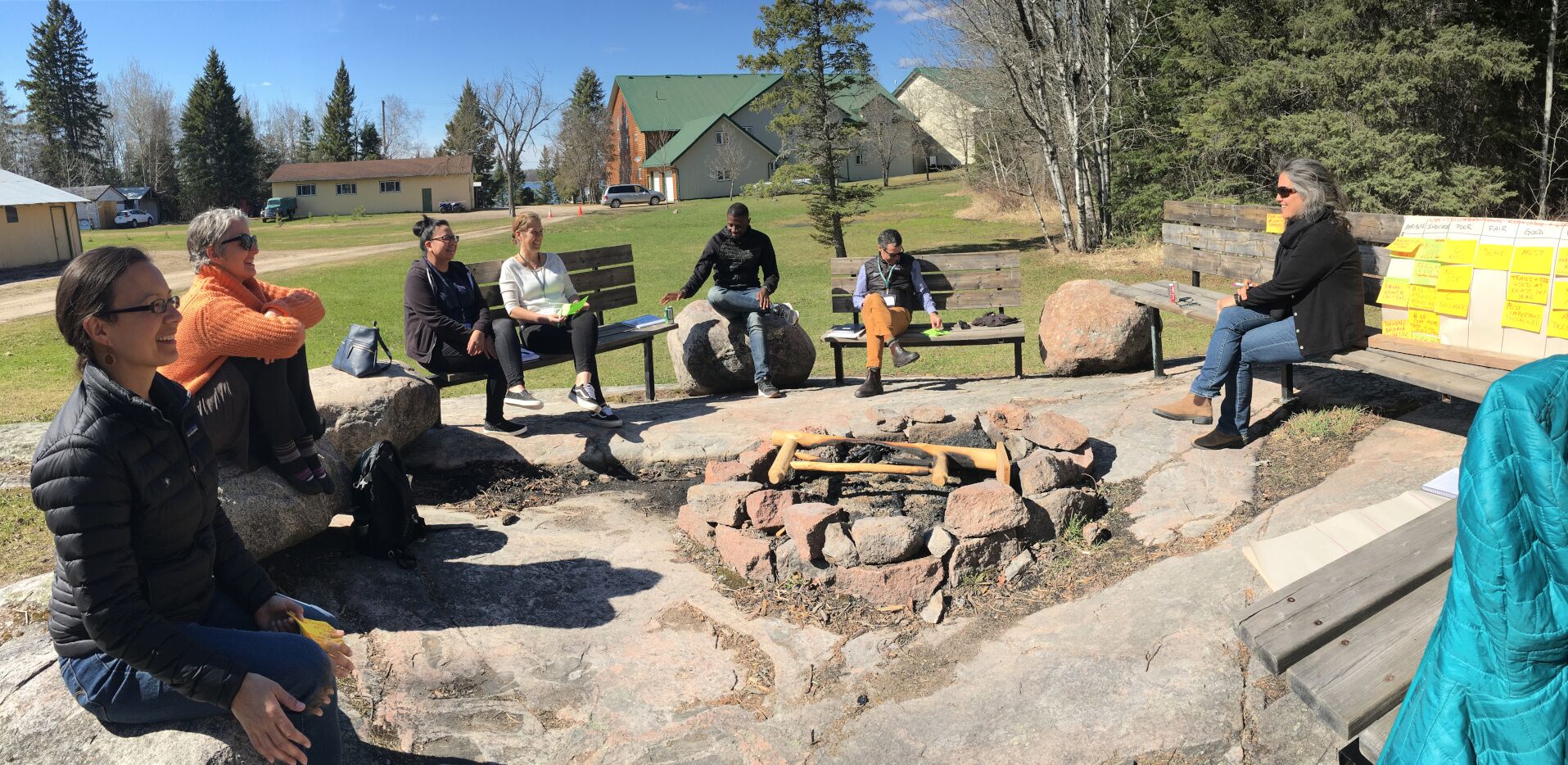
Healthy Country Planning
Nature United is supporting Indigenous communities throughout Canada in exploring this community-led approach for integrating conservation, cultural and social goals. Read About a Healthy Country Planning Workshop in Northern Manitoba
3. Building and Sustaining Leadership
Effective governance and stewardship activities need Indigenous leaders who are connected to their culture and territories, feel knowledgable and supported, are effective and impactful, and are respected by the community and others. Examples of work developed in partnership:
-
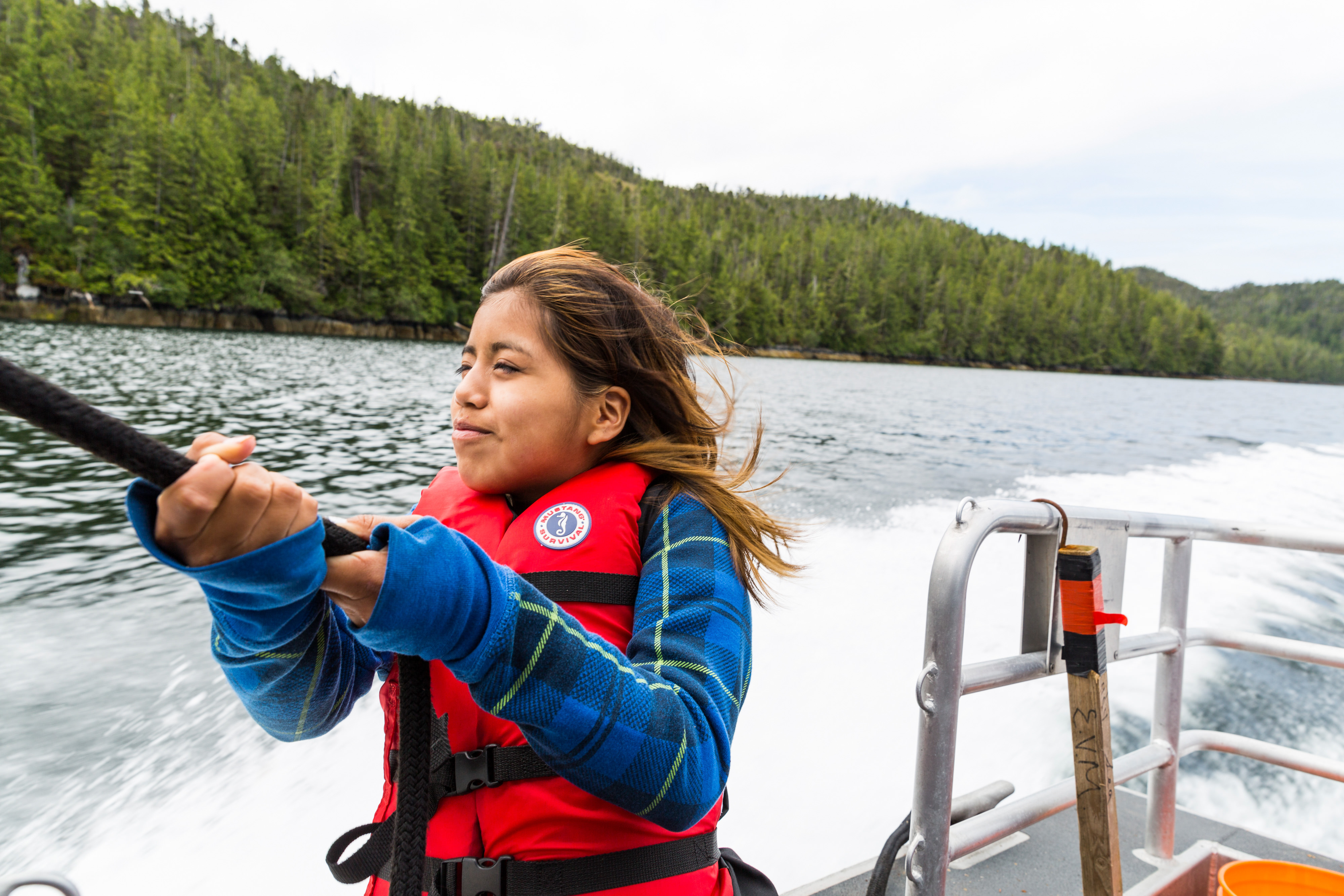
Supporting Emerging Aboriginal Stewards
A community-led initiative supported by Nature United, SEAS enables transformative and lasting conservation by engaging Indigenous youth and reviving traditional stewardship. Learn about the proven, lasting impact of SEAS on communities.
-
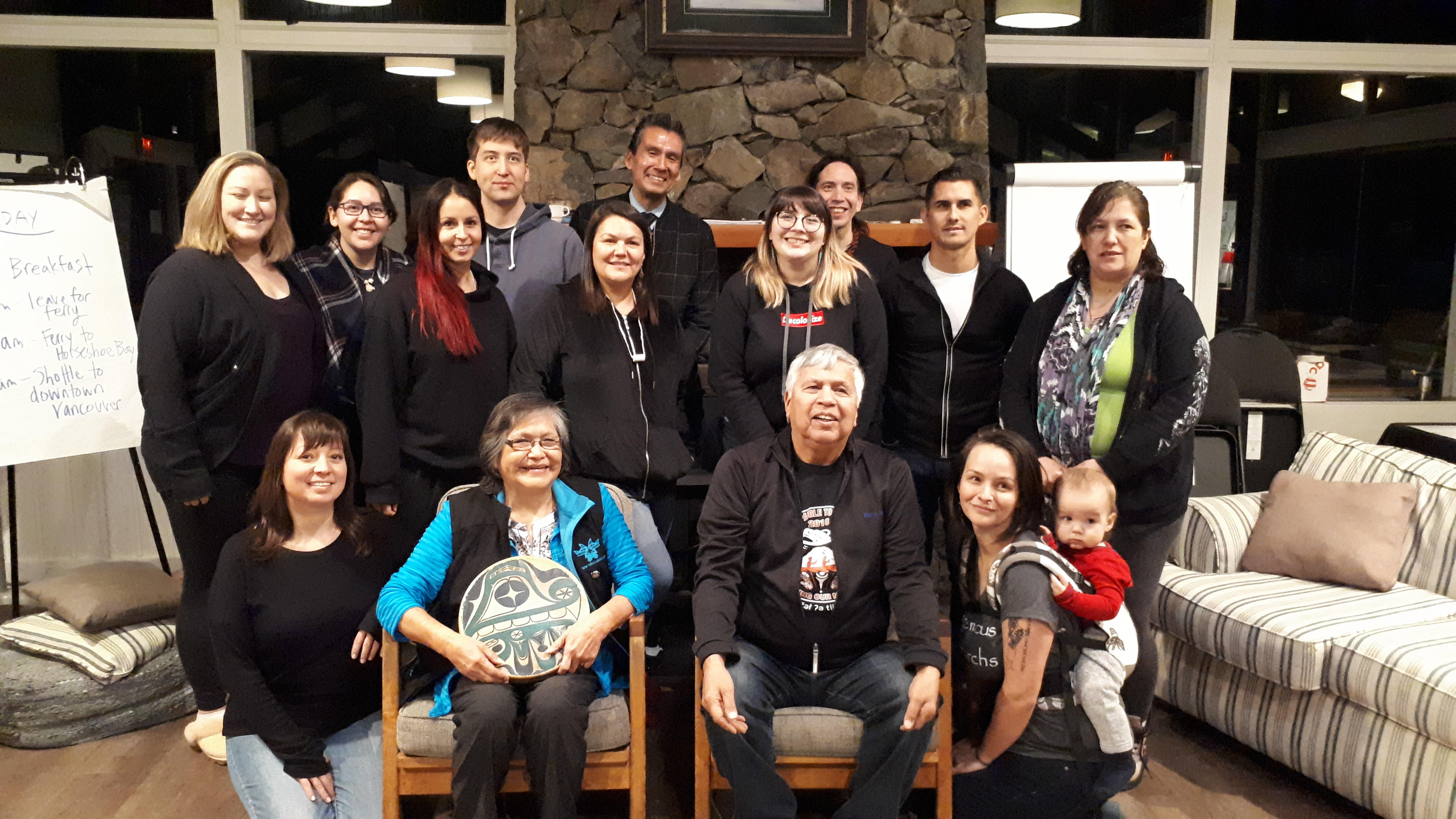
Resilient Indigenous Leaders Network
In response to needs expressed by community leaders, Nature United and Tides Canada supports a network of Indigenous stewardship leaders who gather annually and stay connected throughout the year. Read how meaningful connections are adding capacity to Indigenous stewardship programs.
-
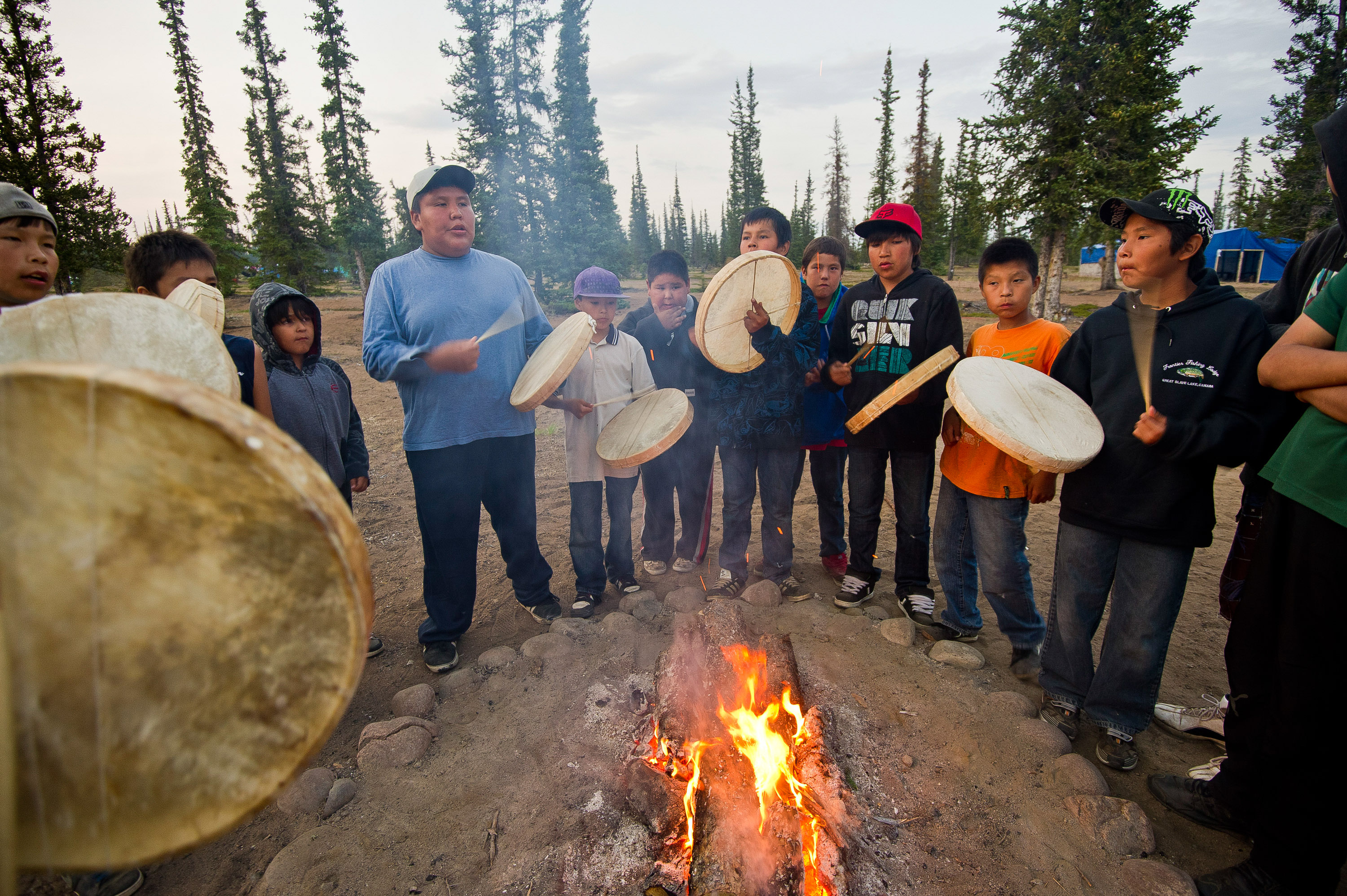
Ni Hat’Ni Dene Rangers
As part of our commitment to Indigenous co-governance of Thaidene Nëné, Nature United supports an on-the-land youth program as part of the Łutsël K’é Dene First Nation's Indigenous guardians. Explore a timeline of our support in the Northwest Territories.
4. Supporting Local, Sustainable Economies
Indigenous-led conservation must include an economic development component (including community capacity, access to markets and entrepreneurial growth and success) that enhances cultural and ecological values while expanding opportunities for jobs and wealth creation. Examples of work developed in partnership:
-
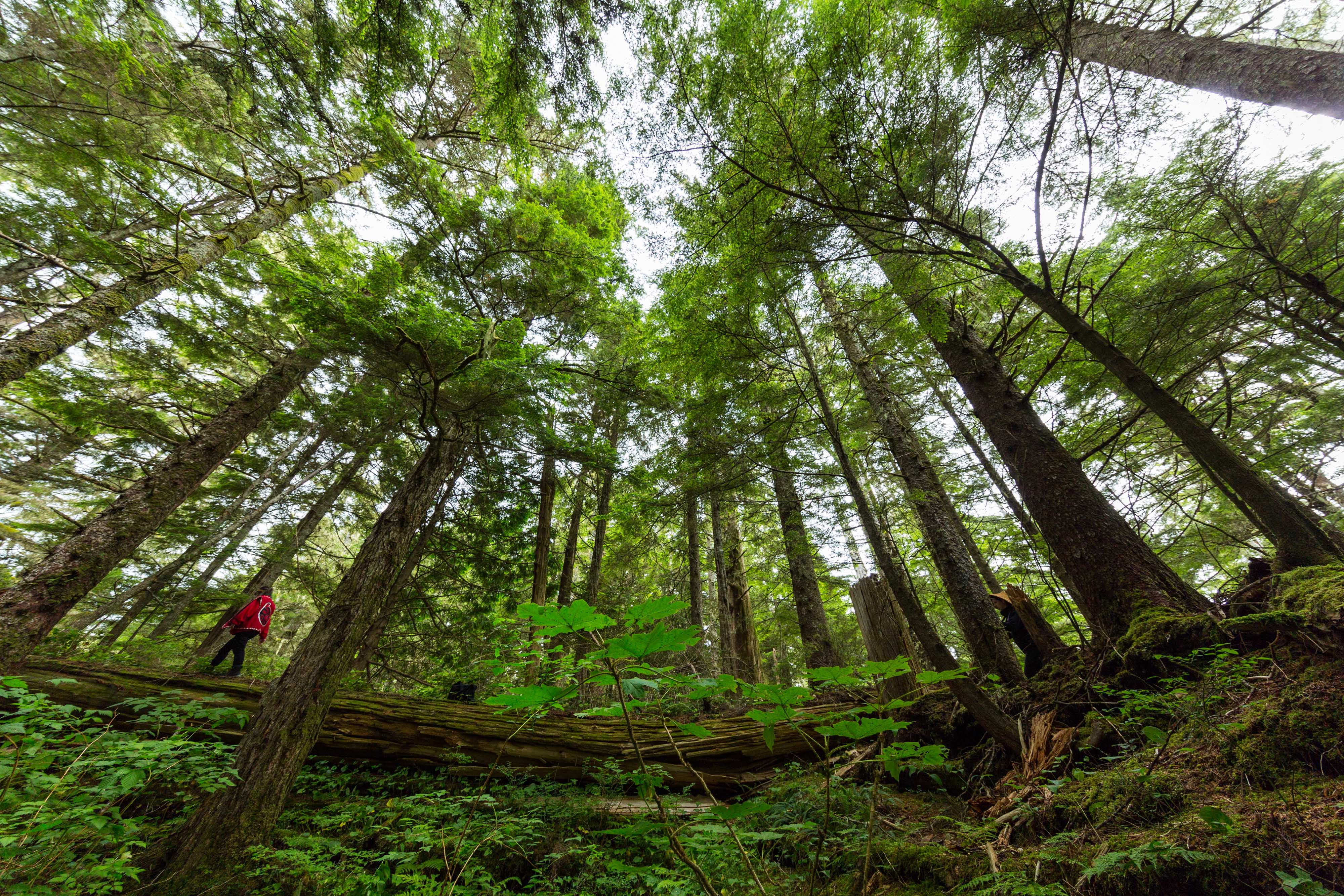
Indigenous-led Carbon Markets
Through our on-the-ground work with partners in coastal British Columbia, we're aiming to increase access to First Nations communities in an Indigenous-led carbon market. Read more about our commitment to innovating for climate change and reducing carbon.
-
New Fishery Opportunities
We're building the business development and management capacity of First Nations-owned and operated fisheries in B.C.
-
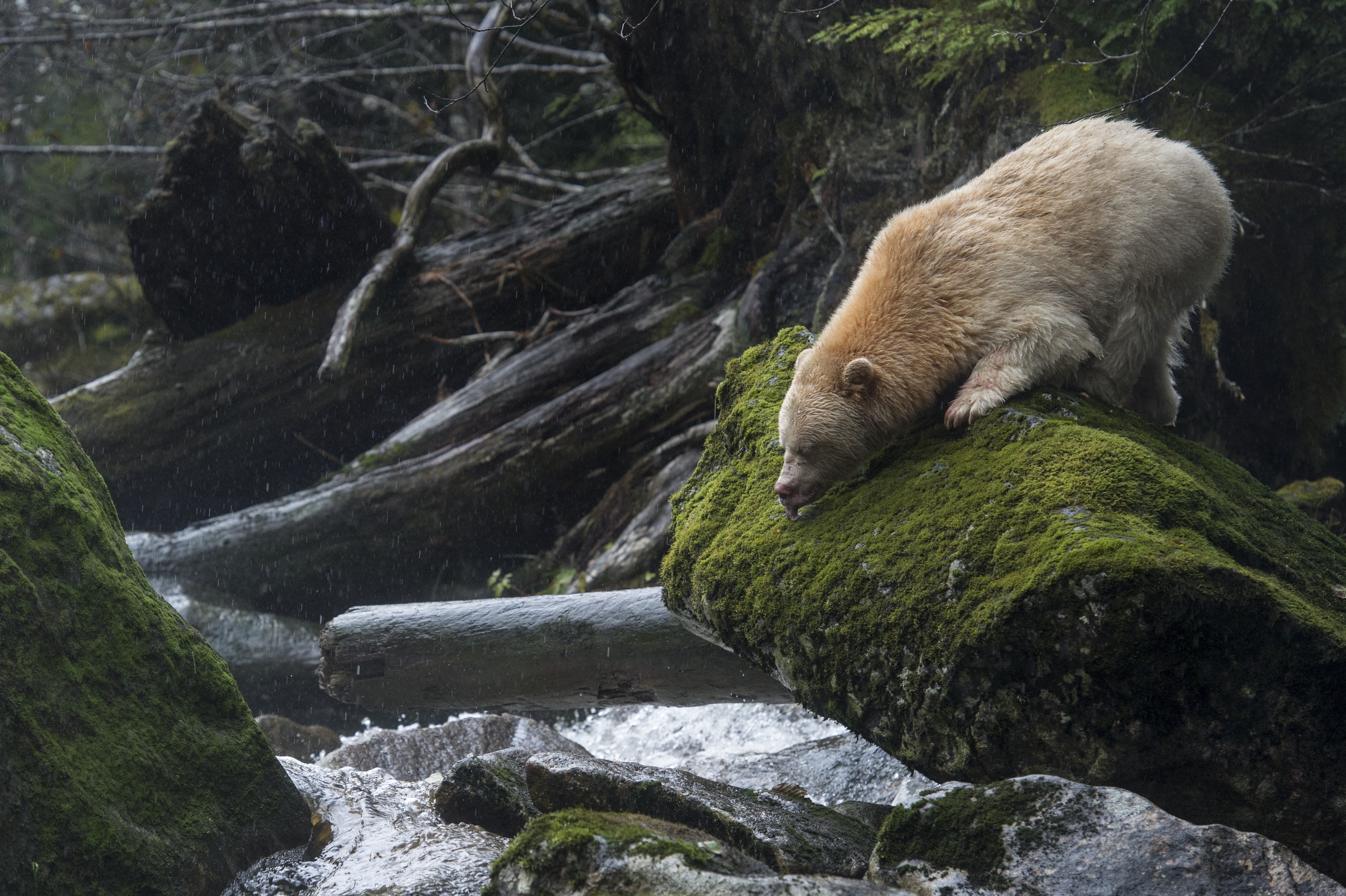
Advancing Economic-Development Relationships
We're providing technical support to advance economic-development relationships with Crown governments in British Columbia. See how we've supported local economic development in the Great Bear Rainforest.
Communities We Work With
Nature United supports and/or partners with Indigenous communities and organizations across Canada in many different ways, most often determined and led by Indigenous communities. This map offers a snapshot of the communities that our organization is actively supporting and/or partnering with, including links to stories about our work together.

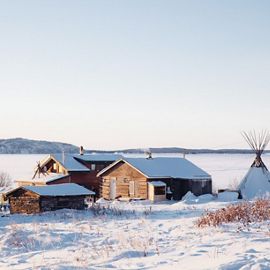
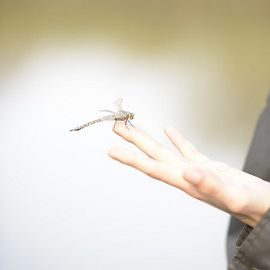
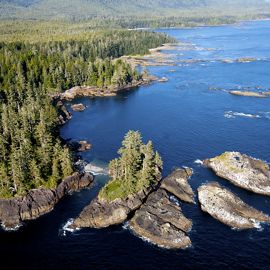

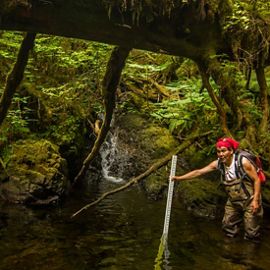
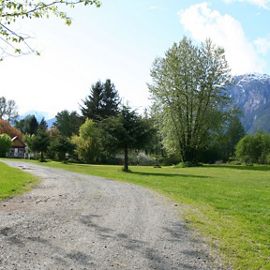
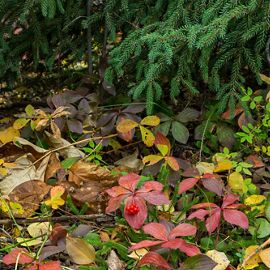
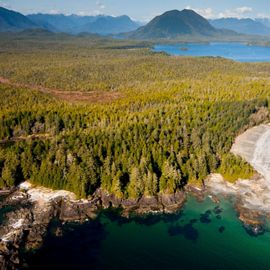
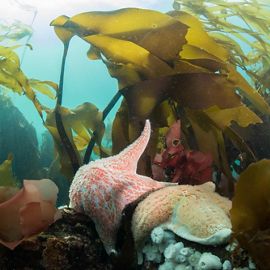

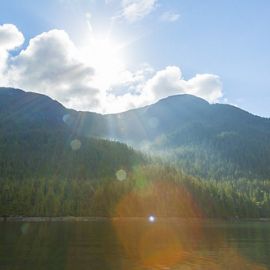






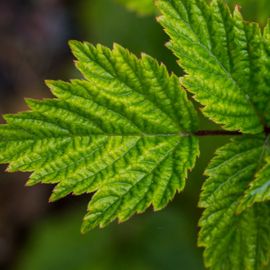



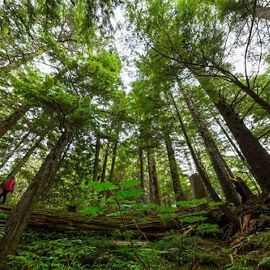







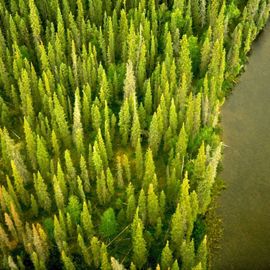







Communities We Work With Last Updated: January 2020
Advancing Indigenous Right Relations
Learn more about Nature United’s commitment to advancing right relations with Indigenous Peoples by reading our strategy and action plan.
More Stories
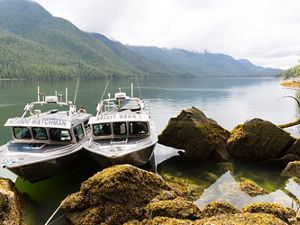
Indigenous Guardians
Indigenous Guardians are the “eyes and ears” of their territories – they are men and women who are using Indigenous knowledge and practices, blended with western science to monitor and steward their traditional lands and waters across Canada. Nature United supports these important programs with technical tools, networking, research, and more.
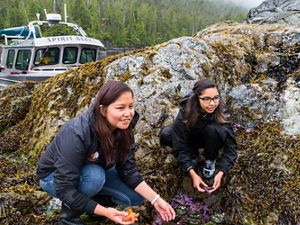
The Next Generation of Indigenous Leaders
Reaching more than 450 students per year, this community-led initiative supported by Nature United connects youth of all ages to the natural world just outside their front door.

Thaidene Nene: Largest Indigenous-Led Protected Land Area
In 2019, the Łutsël K’é Dene First Nation signed Establishment Agreements with Parks Canada and the Government of the Northwest Territories that marked a historic milestone for Thaidene Nëné. But the work didn't stop there. Today, Łutsël K’é is showing the world what is possible through Indigenous-led conservation.
